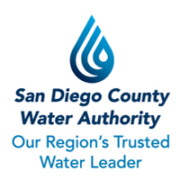Opinion: California’s Drought Response Isn’t Working. It’s Time to Order Cuts in Water Use.
California is in year three of a worsening drought and the situation is growing dire. After a wet and snowy December, California experienced its driest January and February on record. More than 93% of the state is now suffering “severe” or “extreme” drought, compared with 66% last month, according to the U.S. Drought Monitor. Sierra Nevada snowpack has dropped to 55% of normal for this time of year and reservoirs are depleted.
Gov. Gavin Newsom in July called for Californians to voluntarily reduce water use by 15% compared with 2020 levels, but the state has cut back by only about 6.5%. In January, urban water use increased by 2.6%, compared with the same month in 2020, heading in the wrong direction even as the drought deepens.



